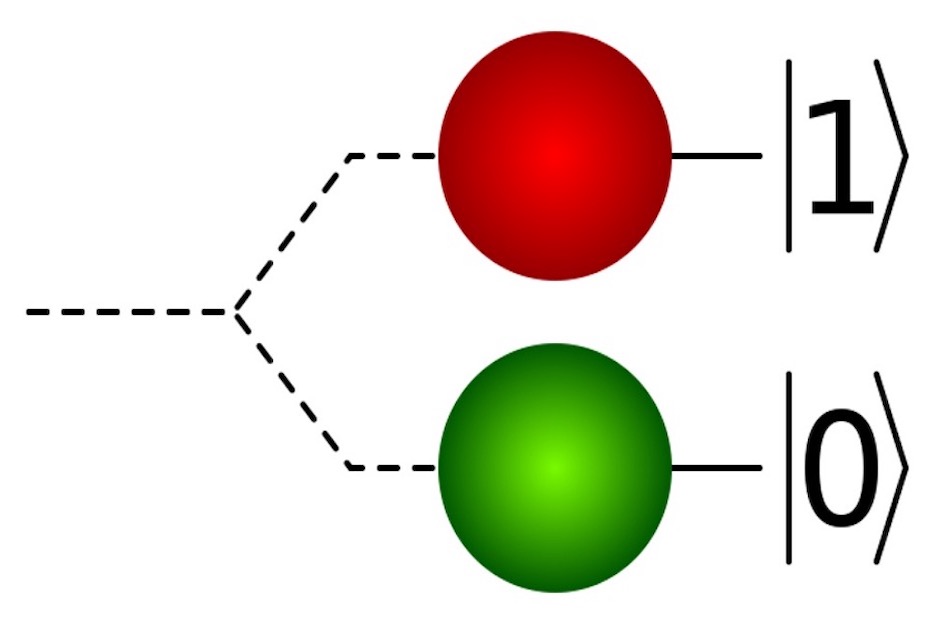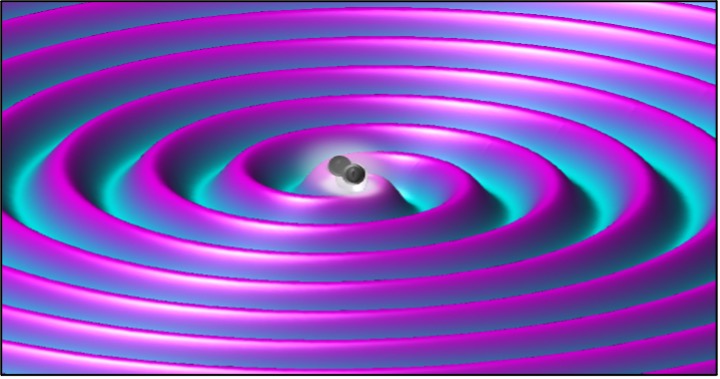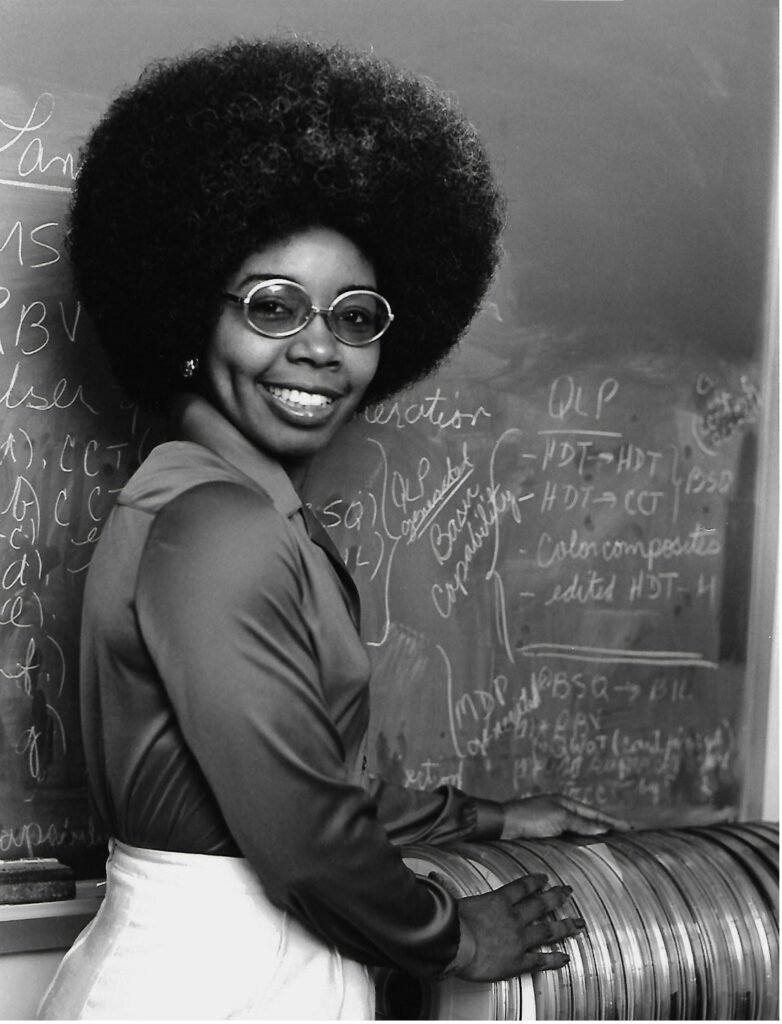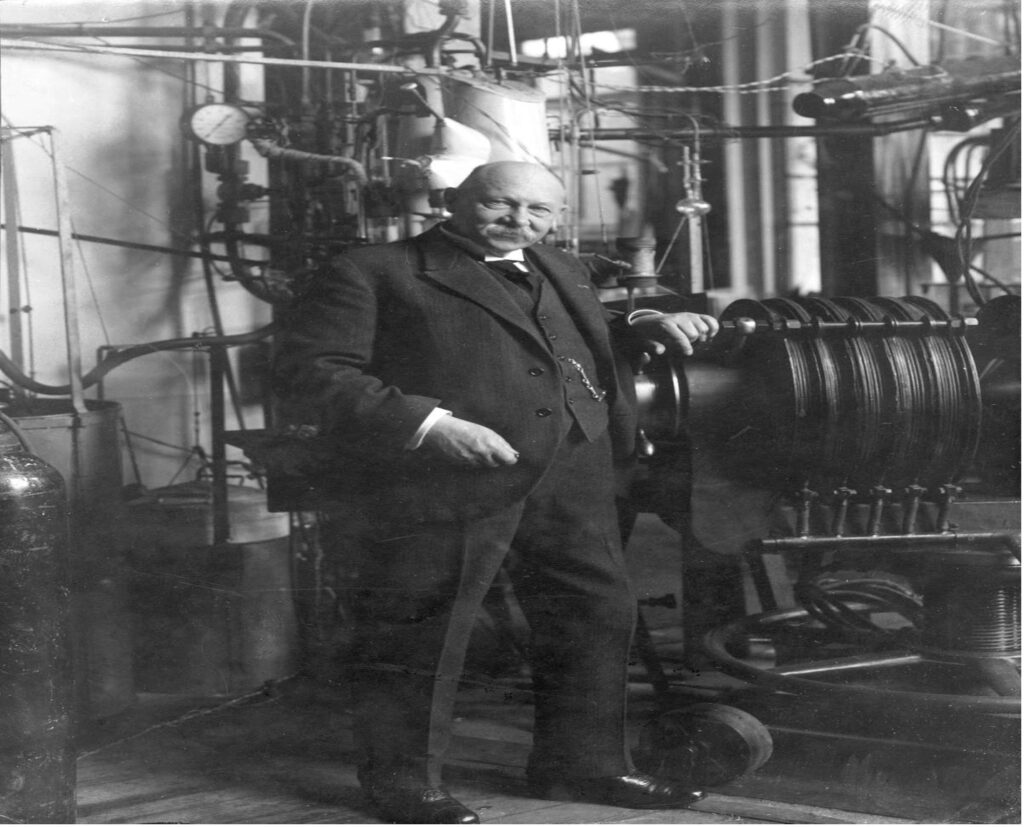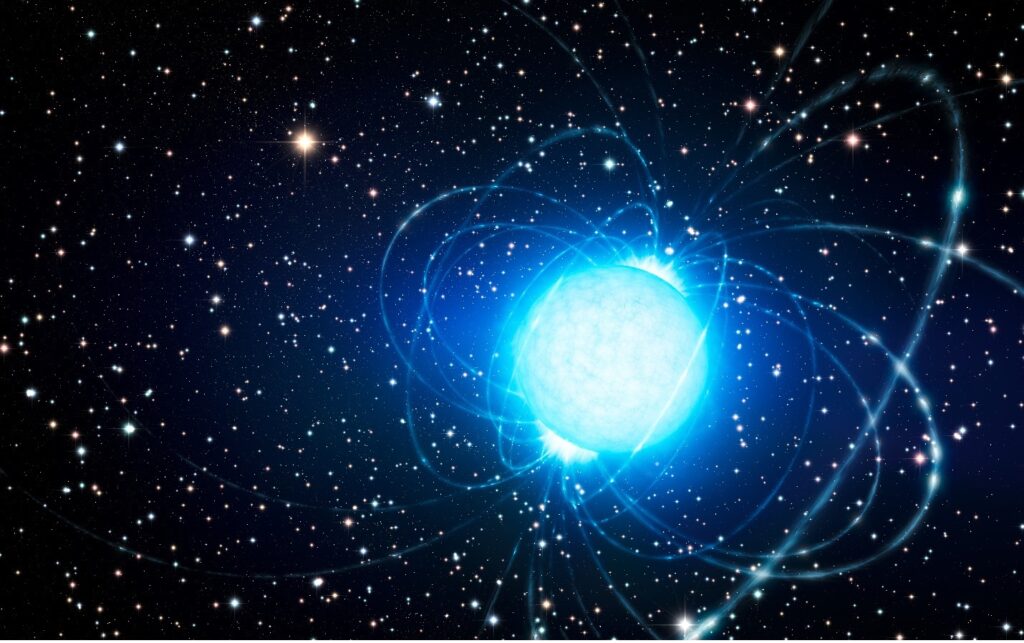Quantum Entanglement and Specific Qubit Segmentation in Computing and Sensory Technology
Cover Image: This image illustrates a qubit’s (quantum bit) generic definition as the quantum state of a two-level quantum system (Wikimedia Commons: Clemen Adolphs). In a layman’s view, Quantum Entanglement may refer to a scenario where we may have incomplete knowledge of the state of two similar states¹. Our classic computation technology uses a “definite …
Quantum Entanglement and Specific Qubit Segmentation in Computing and Sensory Technology Read More »

